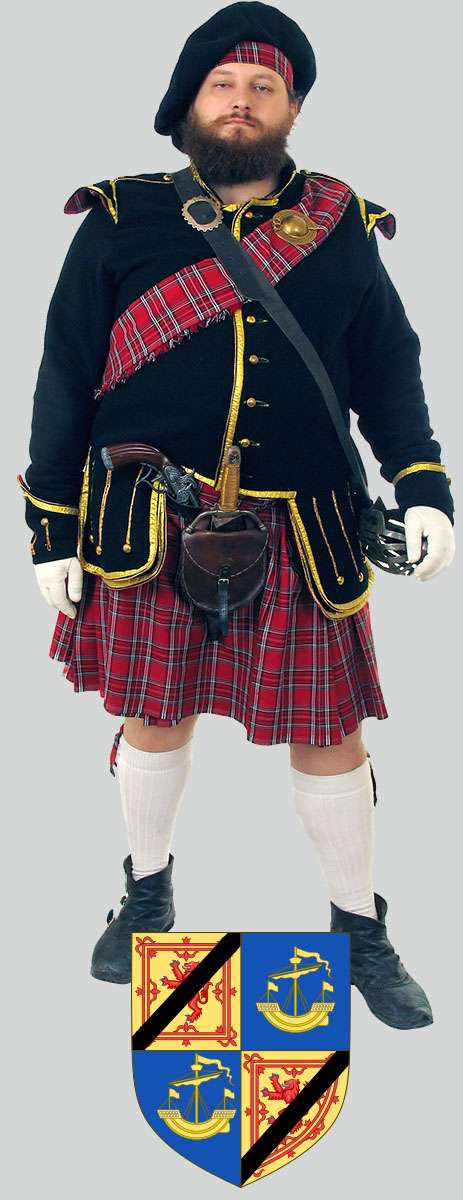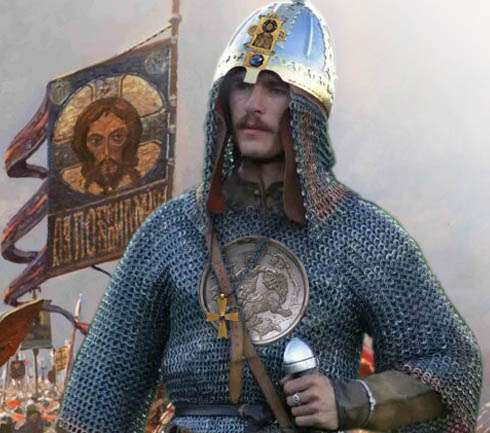It’s Thursday, December 25, 2025 in Austin, Texas
Rognvald Lord of Orkney - Kievan Rus - Viking Dogs
Genealogy research reveals surprising link to Kievan Russ and Byzantium in my tree.
I have just published a blog on the rediscovery of he Viking color palette -you can read it by clicking here.
Above is a reconstruction I made of two members of the Varangian Guard on duty in the South Gallery of Hagia Sophia, which was the location of the Imperial chapel. These uniforms are pretty good. Uniforms and helmets were very shiny so they would flash in the sun and helmets had long plumes of feathers to float round in the air. They were very ornate and covered with cast metal ornaments that were inlaid with enamel and glass. Leather belts were engraved with images of saints and inscriptions. Uniforms were well maintained and stored, some of them were a hundred old or more. Members of the Varangian Guard wore splendid colored and woven robes and cloaks.
The Emperor Nicephoros Phocas built a wall around part of the palace, centered on the Buokoleon Palace which was built in the sea walls, a number of churches and palace pavilions. He would order the Vrangins to parade along the top of it so people could see them and know how protected he was. Unfortunately, he was assassinated in his bedroom by men who climbed up robe ladders that were dropped from a balcony of the Buokoleon to the seashore.
The guard was posted in this part of the church when the Emperor was present. We know were they stood because they left graffiti on the walls and marble railings. One of these must have taken hours to create, so we know they were posted n Hagia Sophia for very long periods of time.The church could be very cold and damp, so they would have been dressed warmly like this.
The Varangian Guard accompanied him on horseback from the palace to its gates, where they would greet him on his return to the palace. The horses were splendid and the uniforms, arms and many banners were smart and colorful. In the city the emperor was accompanied by family members and court officials. There were many banners carried in procession. People could approach the emperor when he rode in procession outside the place and present petitions to him. Music was played to announce the emperor was coming so people would know he was coming their way. When the procession arrived at its destination banners would be erected on poles. Every member of the Imperial family had his own symbol or shield - even dragons - that was placed on his banner. Every court official had one as well. There was still a senate and people to acclaim him in many of the old ceremonies on a reduced scale. From time to time the palace courtyard and streets of the city still echoed with trumpets, drums, wind instruments and water organs. When the emperor wanted to ride seven splendid horses were offered to him and he would select the one he wanted to ride. The other horses followed him when he set out from the palace, just in case he needed to change one.
The members of the guard were involved in commerce.
In late Byzantine times the Varangian Guard was housed in the great courtyard of the Blachernae Palace. When the Emperor was away the captain of the guard received petitions and special requests that were brought to him. It was up to him to decide if the messages were then passed on to the Emperor.
Over the time - especially after the Norman Conquest of England - the Varangian Guard became less Norse-Danish and more Anglo-Saxon as English soldiers left the country in exile. Although it was a long way from England to Constantinople it was easy to book passage there stopping at various ports along the way. The image below shows two Imperial soldiers fighting - or putting on a show of sword fighting - it comes from the Great Palace and was found near the barracks of the Varangian Guard. You can see the helmets were once inlaid with something.
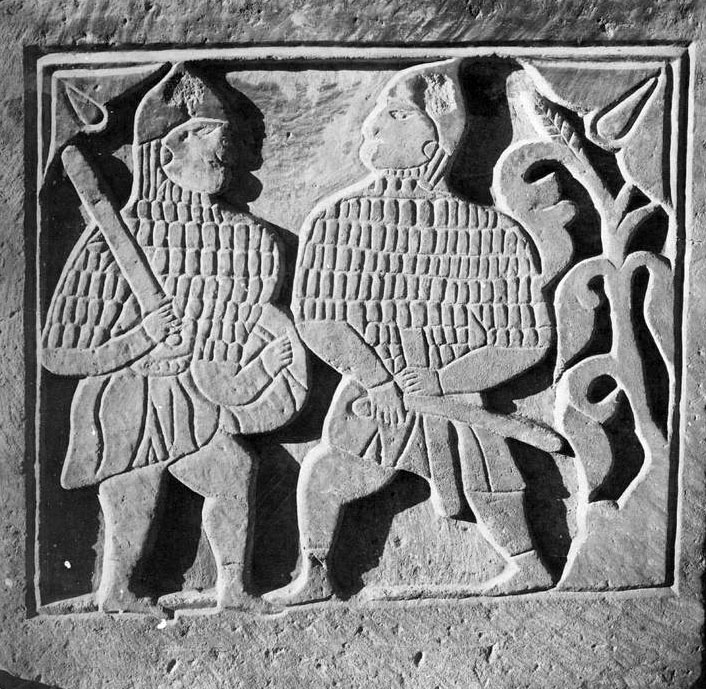
The area around the barracks and prison was overgrown with tall weeds, thorny rose vines and trees. If you escaped from the prison you had to get through them before you were free. Maybe that's why the vines are on the right.
Here is my connection to the Varangian guard. Rognvald Jarl av Orkney Brusason was my 32nd great grand-father. He was the son of Brusi Sigurdsson, was Earl of Orkney jointly with Thorfinn Sigurdsson from about 1037 onwards. His life is recorded in the Orkneyinga Saga. He traveled to Kievian Russ with Harald and married Elizabeth, Grand Prince Vladimir's daughter. Harald continued to Constantinople and became a member it.
The following is an extract from The Varangian Legend: Testimony from the Old Norse Sources by Sverrir Jakobsson:
The same attitude toward the emperor and his court is noticeable in Orkneyinga saga, an early thirteenth-century account of the pilgrimage of Earl Ragnvald in 1153– 1155. A man named Eindridi the Young (ungi), who had served for a long time as a mercenary in Constantinople, encourages the earl to travel to the Holy Land and not to be content simply to listen to stories from there. He argues that the earl will be “most respected, when you arrive there into the company of noblemen”. The pursuit of honour is thus made into the principal purpose of this pilgrimage. Following an adventurous journey, Ragnvald arrives in Constantinople to acclaim from “the emperor and the Varangians”. The emperor Manuel I Komnenos (1143–1180) gives Ragnvald and his companions “a great amount of money and offered them mercenaries’ payment, if they wished to remain there. They stayed a long time through the winter in altogether splendid revelry”. However, Ragnvald and his men choose to return, and in the end it is noted that they were considered to be much worthier men a er this pilgrimage than they had been before. The account of the reception of the earl by the emperor is much briefer in Orkneyinga saga than in Morkinskinna, Heimskringla and Knýtlinga saga, and the gifts given by the emperor are referred to in the context of mercenary pay. Mention is also made of the Varangian Guard, perhaps as a suitable regiment for the service of any Scandinavian mercenaries.
DOWNLOAD or READ ONLINE
You can download a PDF copy of The Varangian Legend: Testimony from the Old Norse Sources by clicking here.
You can read the complete Orkneyinga saga online here.
You can also download an interesting PDF article here - Rus, Varangian and Frankish mercenaries in the service of the Byzantine Emperors (9th-11th c.): Numbers, Organisation and Battle Tactics in the operational theatres of Asia Minor and the Balkans by Georgios Theotokis.
Rognvald Jarl av Orkney Brusason was my 32nd great grand-father. He was the son of Brusi Sigurdsson, was Earl of Orkney jointly with Thorfinn Sigurdsson from about 1037 onwards. His life is recorded in the Orkneyinga saga.
Rognvald was born in 1011 and was assassinated by Thorfin's minister, Thorkel Forsterer on Orkney in December 1046, when he was just 35. You can still see where this tragic story took place. The BBC recently visited the building and told the tragic story of Rognvald. He was married to a daughter of Grand Prince Vladimir of Kiev, Arlogia of Orkney. Vladimir was married to Princess Anna Lekapene. sister of Byzantine Emperor Basil II the Bulgar Slayer. Vladimir had many mistresses with whom he had a number of children. It has not believed that Anna had any children with Vladimir. Arlogia was born after the death of Anna in 1015 and in the same year of Vladimir's death. Her mother was Alogia, Princess of Sweden and Bohemia. She had the title of Countess of Orkney. Through this princely marriage Rognvald elevated his status and he took on royal affectations. This created resentment on Orkney and was a contributing factor in his murder. He was away from Orkney most of the time and lost the Earldom in battle and had to flee to Norway. Rognvald was taken by his father to Norway, to the court of Olaf Haraldsson, when Brusi and Thorfinn went there to have the inheritance of Einar Wry-mouth's third-share of the Earldom settled. Olaf kept Einar's share for himself, appointing Brusi to administer it, and kept Rognvald at his court.
With a single ship, and a crew of picked men, Rognvald returned to Orkney hoping that surprise would enable him to retake the earldom. He succeeded, but not entirely as Thorfinn was able to flee to Caithness. However, soon afterwards, Rognvald was surprised in his turn, but was killed by Thorkell the Fosterer while escaping, given away by the barking of his lap dog among the rocks of the sea.. I wonder what breed of dog it was and if the dog survived. It was probably a mongrel. Dogs were very popular with the Vikings and in pagan times dogs were believed to accompany a warrior on his voyage to Valhalla after death. Lap dogs were especially valued by the Vikings as sentinels and were given as gifts. He must have loved the dog very much since he tried to escape with him. It went with him throughout his travels. How tragic that his dog was the cause of his death. Rognvald was buried on Papa Westray.
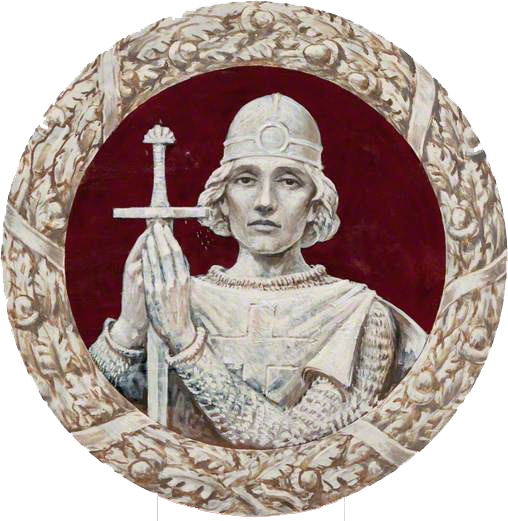
The Orkneyinga Saga says of Rognvald:
"Rognvald was one of the handsomest of men, with a fine head of golden hair, smooth as silk. At an early age he grew to be tall and strong, earning a great reputation for his shrewdness and courtesy ..."
Rognvald was a supporter of Olaf Haraldsson, who was later proclaimed a saint, sharing his exile in Kievan Rus, and helping his brother Harald Sigurdsson, better known as Harald Hardraade, escape after the Battle of Stiklestad in 1030. While Harald went on to Constantinople, Rognvald and other exiles remained in Rus, in the service of Yaroslav the Wise. Rognvald returned to Norway with Olaf's son Magnus the Good in 1035. Yaroslav was the half brother of his wife, Arlogia.
It had been claimed that Harald carved his Runic name into the balustrade of the Imperial Gallery at Hagia Sophia - which I have examined closely myself. It's one of the most famous Runic inscriptions in the world. It is to be found in the upper gallery of Hagia Sophia in an area reserved for the Byzantine Imperial family. It seems to date from the 9th century and mentions a Halvdan. Therefore, it cannot be him.

Here's something on him and his time in Constantinople (thank you to Wikipedia and other sources):.
Early life and wandering in the East
Harald was the youngest of King Olaf II's three half-brothers born to Asta Gudbrandsdatter. His father was Asta's second husband Sigurd Syr. The Icelandic sources, in particular Heimskringla, state that Sigurd, like Olaf's father, was a great-grandson of Harald I of Norway (Harald Fairhair) in the male line.
Harald took part, on the side of Olaf, in the Battle of Stiklestad in 1030. Although wounded, he managed to escape, thus leaving Norway in exile. He was able to form a band of warriors out of men who had also been exiled as a result of Olaf's death.
In 1031 Harald and his men reached the land of the Kievan Rus, where they served the armies of Yaroslav I the Wise, the Grand Prince of the Rus, whose wife Ingigerd was a distant relative of Harald. Harald is thought to have taken part in Grand Prince Yaroslav's campaign against the Poles, and was appointed joint commander of defense forces. Sometime after this, Harald and his retinue of some five hundred warriors moved on to Constantinople, capital of the Byzantine Empire, where there had been at least since 1034 an elite royal guard composed largely of Scandinavian Rus called the Varangian Guard. Harald served in the guard until 1042. In a Greek book written in the 1070s, Kekaumenos's Strategikon, Harald is described as "son of the king of Varangia" and is said to have performed so bravely in Byzantine campaigns in Sicily and Bulgaria that the Emperor appointed him first as manglabites, or member of a special section of the Emperor's personal bodyguard, and then to the title of spatharocandidate. It appears he may have been imprisoned for some time on the orders of the Empress Zoe, it is suggested on charges of misappropriation of funds, but was released, or escaped imprisonment, on the ascension of the new Emperor Constantine IX.
Sometime in 1042, Harald requested permission from the emperor to return to his homeland, but it was denied. "Nonetheless", remarks Kekaumenos, "he secretly escaped and ruled over the land instead of his brother [Olaf]". It is likely that the money Hardrada made whilst serving in Constantinople allowed him to fund his claim for the crown of Norway: some later Scandinavian sources note that aside from the significant spoils of battle he had retained, Harald had participated three times in polutasvarf, a term which implied either a pillaging of the palace exchequer on the death of the Emperor, or perhaps the disbursement of funds to the Varangians by the new Emperor in order to ensure their loyalty. Harald had been in Constantinople through the reigns of Romanos III, Michael IV, and Michael V, and thus perhaps had three opportunities, beyond his legitimate revenues, to carry off immense wealth (with Yaroslav of Rus acting as safekeeper for his fortune. Despite this, Kekaumenos lauds the "loyalty and love" Hardrada had for the Empire.
In 1045, in Rus, where he stayed two or three years before returning to Scandinavia, Harald married Elisabeth, daughter of Yaroslav and granddaughter of King Olof Skötkonung of Sweden (referred to in Scandinavian sources as Ellisif). Sources claim they were engaged before his departure but Yaroslav declined to confirm the marriage until Harald distinguished himself. During his service in the Byzantine Empire, Harald wrote a love poem addressed to Elisabeth, citing his many heroic deeds and complaining that "a golden-haired maiden of Gard does not like me".
You can still see where the Varangian guard was housed in the Great Palace of Constantinople - to the east of the Hippodrome. There were several hundred Viking and English guard stationed there until the Fourth Crusade in 1204. The area also included a prison and wild animal zoo.
Here is my line of descent from Rognvald Jarl av Orkney Brusason from Ancestry.com:

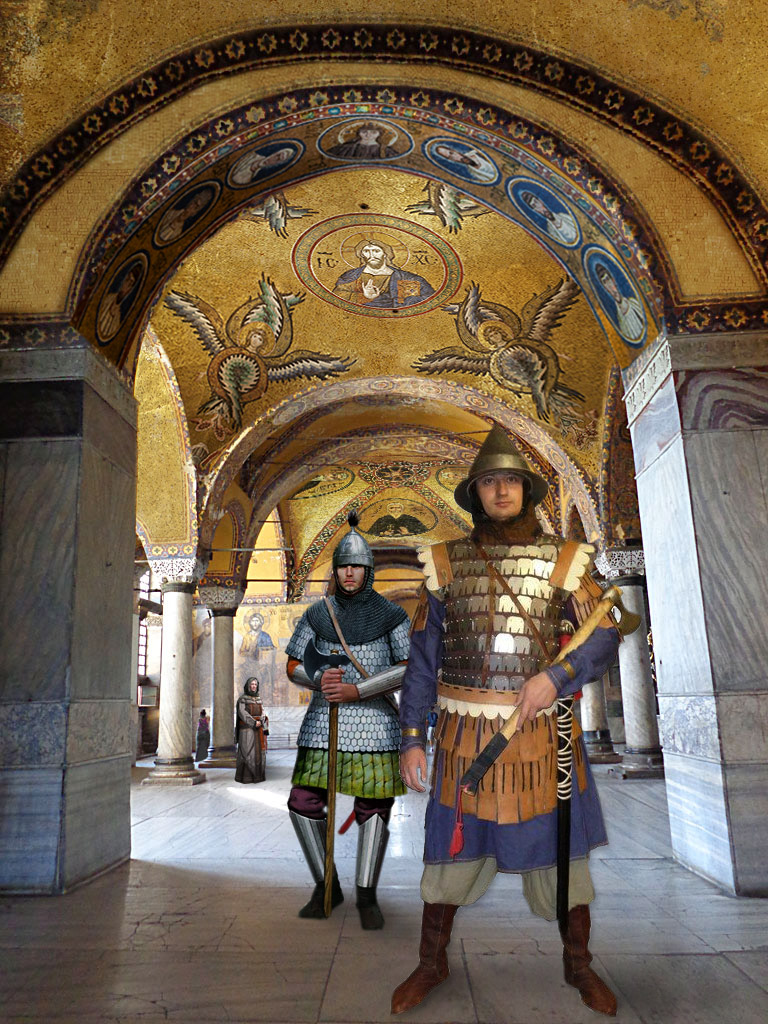







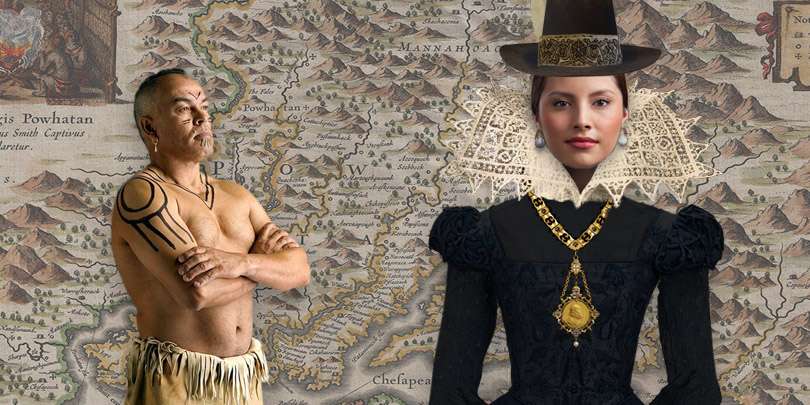





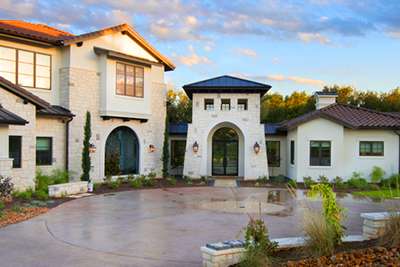
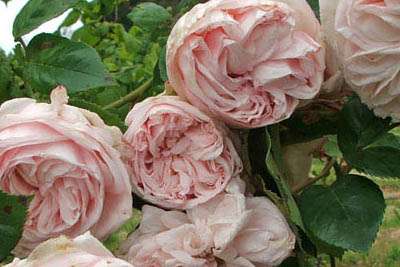
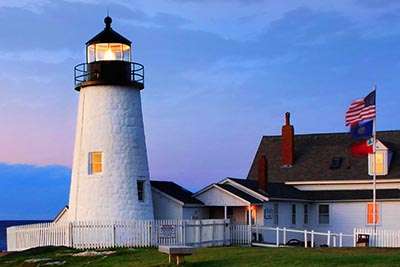
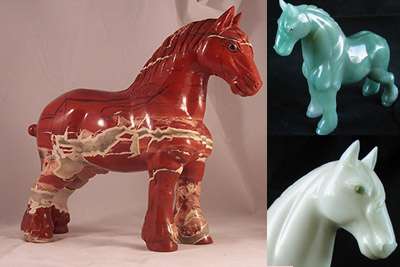








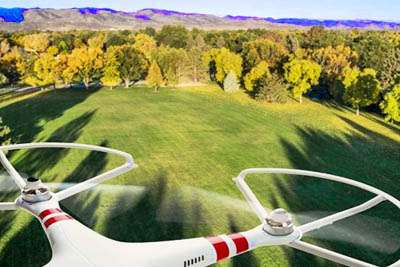
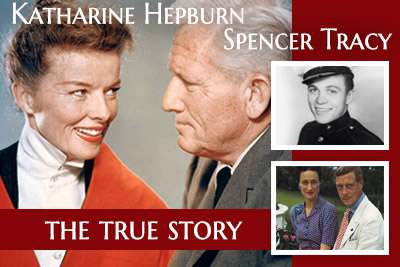
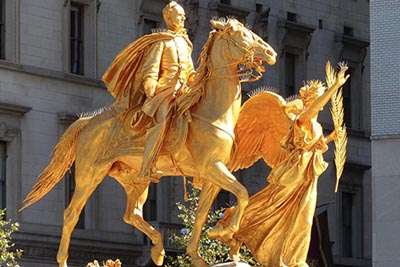
 New Home Builder Website Checklist
New Home Builder Website Checklist 



